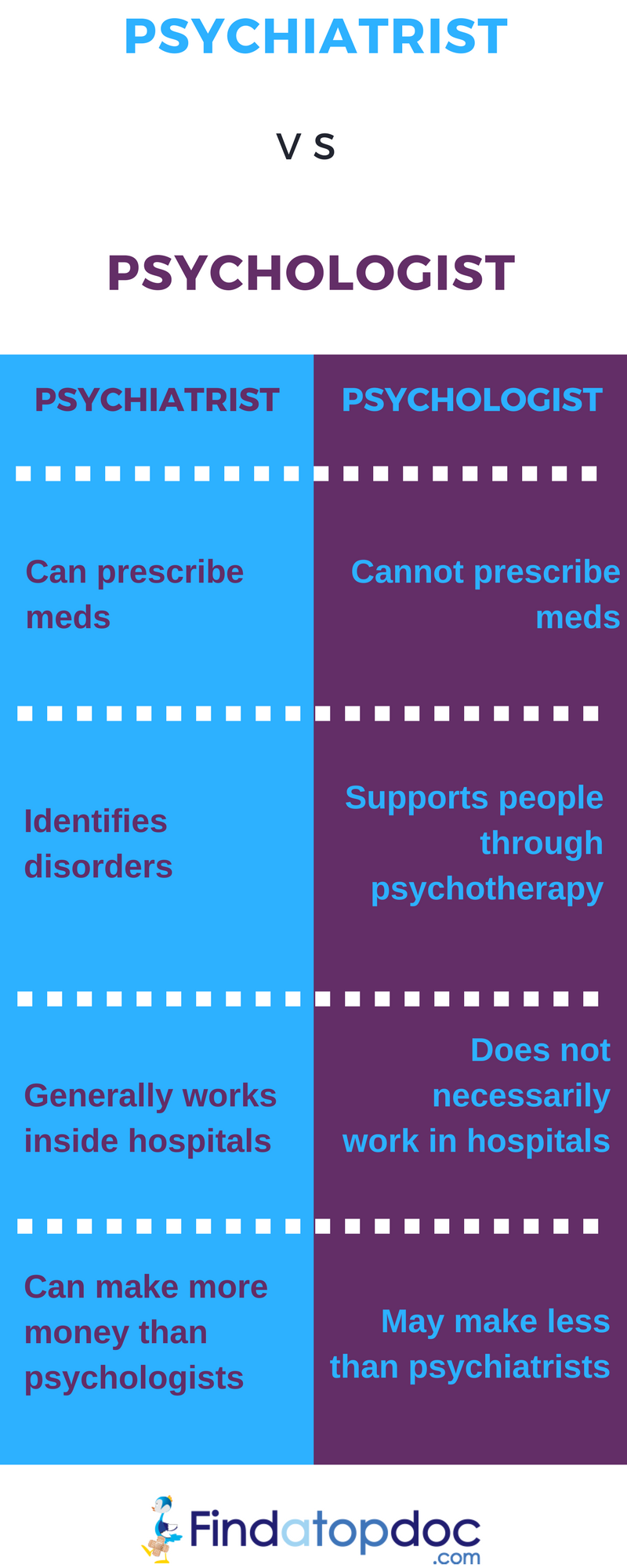How To Calm Anxiety Naturally
How To Calm Anxiety Naturally
Blog Article
Exactly How Do Mood Stabilizers Job?
State of mind stabilizers help to soothe locations of the mind that are affected by bipolar affective disorder. These drugs are most effective when they are taken frequently.
It might take a while to find the best drug that works finest for you and your medical professional will check your problem throughout treatment. This will involve regular blood examinations and perhaps an adjustment in your prescription.
Natural chemical guideline
Neurotransmitters are a group of chemicals that regulate one another in healthy and balanced people. When levels end up being unbalanced, this can lead to mood problems like clinical depression, anxiousness and mania. State of mind stabilizers assist to avoid these episodes by helping regulate the balance of these chemicals in the mind. They likewise may be used alongside antidepressants to enhance their effectiveness.
Drugs that function as mood stabilizers include lithium, anticonvulsants and antipsychotics. Lithium is probably one of the most well known of these medications and jobs by influencing the circulation of salt through nerve and muscle cells. It is most often made use of to deal with bipolar affective disorder, but it can also be handy in dealing with various other mood problems. Anticonvulsants such as valproate, lamotrigine and carbamazepine are likewise efficient state of mind maintaining medicines.
It can take a while to find the right type of medicine and dose for each person. It is essential to deal with your physician and participate in an open discussion regarding exactly how the medicine is helping you. This can be specifically handy if you're experiencing any side effects.
Ion channel modulation
Ion channels are a major target of mood stabilizers and numerous other drugs. It is currently well established that they are dynamic entities that can be regulated by a range of outside stimulations. On top of that, the inflection of these networks can have a variety of temporal results. At one extreme, adjustments in gating characteristics may be quick and instant, as in the nicotinic acetylcholine receptor/channel system. At the other end of the spectrum, covalent modification by healthy protein phosphorylation might cause adjustments in network function that last longer.
The field of ion channel modulation is entering a period of maturation. Recent studies have actually shown that transcranial concentrated ultrasound (United States) can promote neurons by activating mechanosensitive potassium and sodium networks embedded within the cell membrane layer. This was demonstrated by revealed channels from the two-pore domain potassium family members in Xenopus oocytes, and concentrated United States significantly modulated the present moving through these channels at a holding voltage of -70 mV (ideal panel, loved one result). The outcomes follow previous observations showing that antidepressants impacting ocd treatment Kv networks manage glia-neuron communications to contrary depressive-like actions.
Neuroprotection
Mood stabilizers, like lithium, valproic acid (VPA), and carbamazepine, are important in the treatment of bipolar affective disorder, which is identified by recurrent episodes of mania and depression. These drugs have neuroprotective and anti-apoptotic homes that aid to stop mobile damages, and they additionally boost mobile strength and plasticity in dysfunctional synapses and neural circuitry.
These protective actions of mood stabilizers might be moderated by their restraint of GSK-3, inositol signaling, and HDAC task. In addition, lasting lithium therapy secures versus glutamate excitotoxicity in cultured nerve cells-- a version for neurodegenerative conditions.
Researches of the molecular and mobile impacts of mood stabilizers have actually shown that these medications have a wide range of intracellular targets, consisting of multiple kinases and receptors, in addition to epigenetic adjustments. Refresher course is required to identify if state of mind stabilizers have neurotrophic/neuroprotective actions that are cell kind or circuitry certain, and just how these effects may enhance the rapid-acting healing action of these agents. This will aid to establish brand-new, faster acting, much more effective treatments for psychological health problems.
Intracellular signaling
Cell signaling is the procedure whereby cells communicate with their environment and various other cells. It includes a series of steps in which ligands interact with membrane-associated receptors and lead to activation of intracellular pathways that manage necessary downstream mobile functions.
Mood stabilizers act upon intracellular signaling with the activation of serine-threonine protein kinases, resulting in the phosphorylation of substrate healthy proteins. This turns on signaling waterfalls, resulting in changes in genetics expression and mobile function.
Several state of mind stabilizers (including lithium, valproate and lamotrigine) target intracellular signaling pathways by hindering certain phosphatases or triggering particular kinases. These effects create a reduction in the activity of these paths, which causes a reduction in the synthesis of particular chemicals that can impact the brain and bring about signs of depression or mania.
Some mood stabilizers additionally work by improving the task of the inhibitory neurotransmitter gamma-aminobutryic acid (GABA). This boosts the GABAergic transmission in the mind and reduces neural activity, consequently generating a soothing impact.